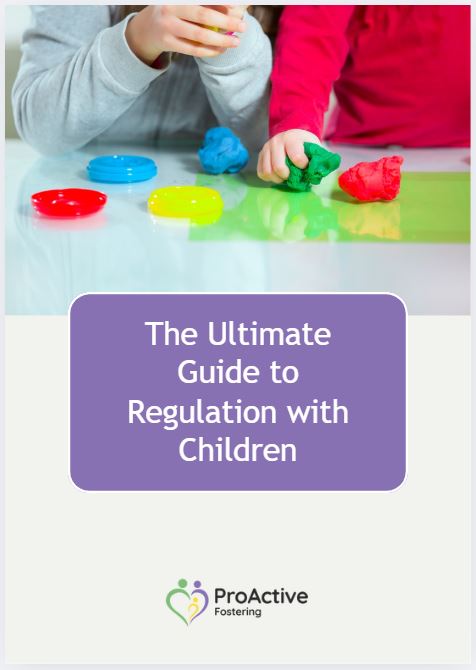
Equip children with the tools they need to feel calm, in control, and emotionally secure.
Click the blue button below to Download the Guide
Emotional regulation is a skill that can be learned—but children need the right support to develop it.
By using the strategies in this guide, you can help children manage their emotions, build resilience, and feel more confident in handling challenges.
Why Do Some Children Struggle with Emotional Regulation?
Children—especially those who have experienced trauma—often find it difficult to regulate their emotions. What seems like defiance, withdrawal, or impulsivity is often a sign of dysregulation—where their brain and body feel overwhelmed and unable to manage feelings in the moment.
You may find yourself wondering:
The good news? Children can learn emotional regulation skills. With the right tools, structure, and support, you can help them feel more in control, reduce stress, and manage emotions in a healthy way.
What is Emotional Dysregulation & What Causes It?
Dysregulation happens when a child feels overwhelmed and cannot manage their emotions effectively. This can show up as:
Common Signs of Dysregulation:
What Causes Dysregulation?
For children in care, dysregulation is not misbehaviour—it’s a stress response. They need support, co-regulation, and practical tools to help them develop self-control and emotional balance.
In this downloadable resource, you’ll learn:
How to Understand Emotional Regulation – Learn why some children struggle more than others and how their brain processes stress and emotions.
Step-by-Step Strategies for Helping Children Calm Down – Discover the most effective ways to support a dysregulated child in the moment.
Breath-Based Regulation Techniques – Teach children how to use simple breathing exercises to slow down, reset, and feel in control.
Movement-Based Strategies – Learn how physical activity can release stress and help children regulate their emotions.
Sensory-Based Regulation Tools – Find out how sensory input (e.g., weighted blankets, fidget tools, or calming spaces) can help children feel grounded.
Mindfulness & Relaxation Techniques – Explore easy mindfulness exercises that help children stay present, reduce stress, and self-soothe.
How to Create a Regulation-Supportive Environment – Discover how to structure routines, transitions, and daily life to help children feel safe and emotionally stable.
How to Model & Teach Self-Regulation – Practical guidance on how to be a co-regulator and help children develop their own coping strategies over time.
Click the blue button below to Download the Guide
Our goal is to enhance quality of life for everyone with a compelling emphasis on the benefits of healthy, therapeutic relationships.